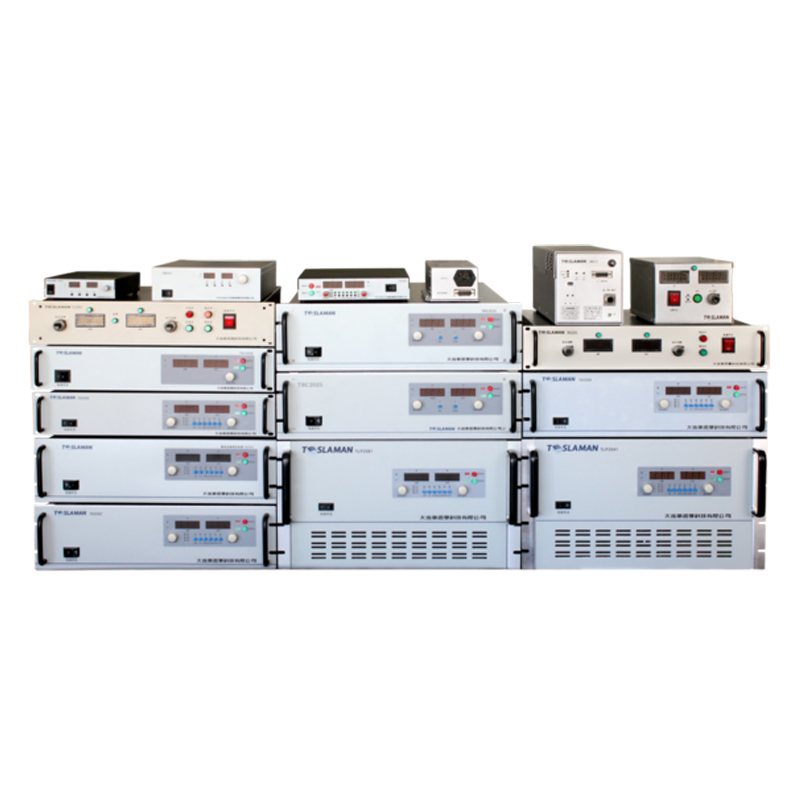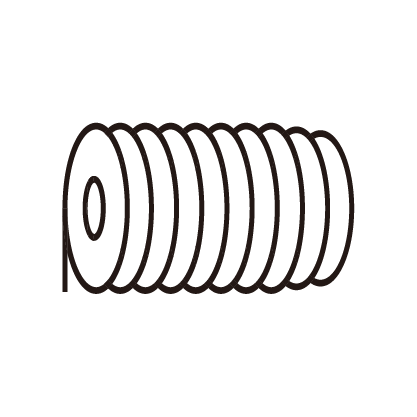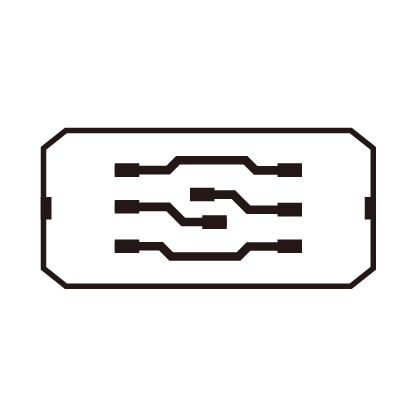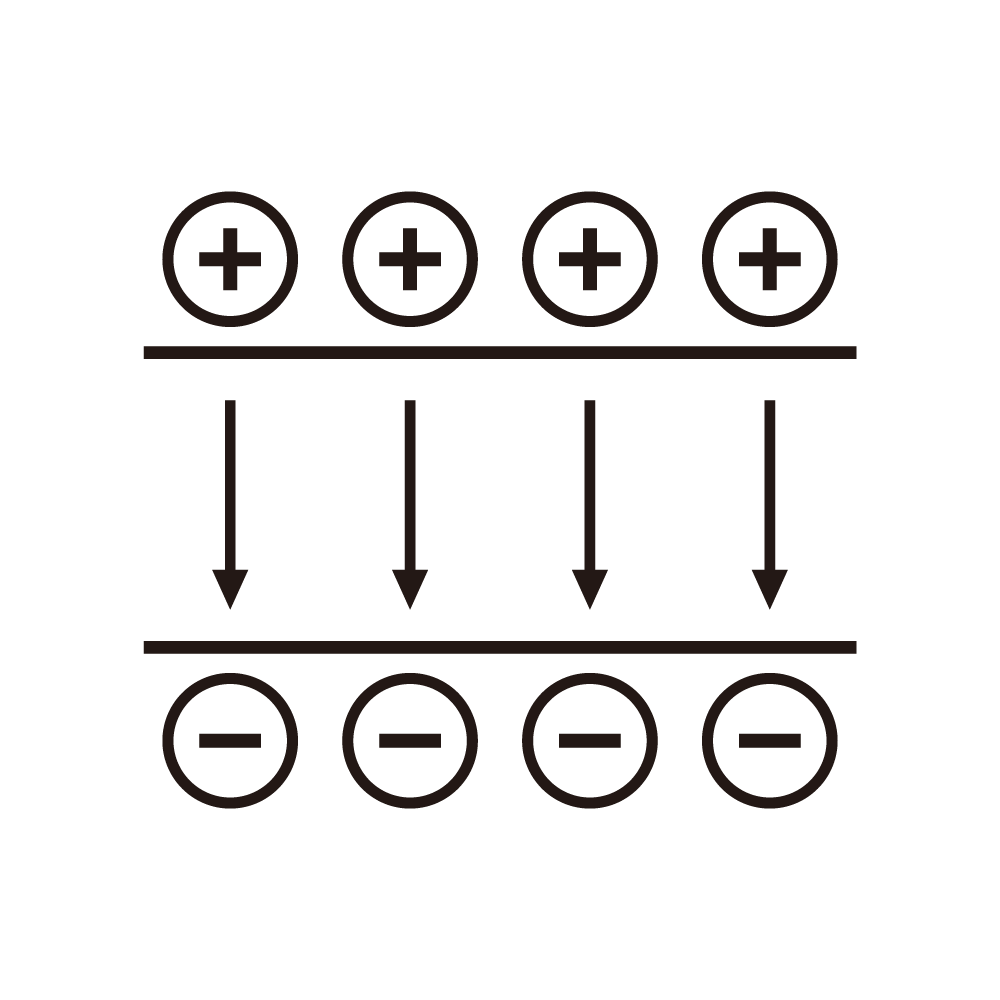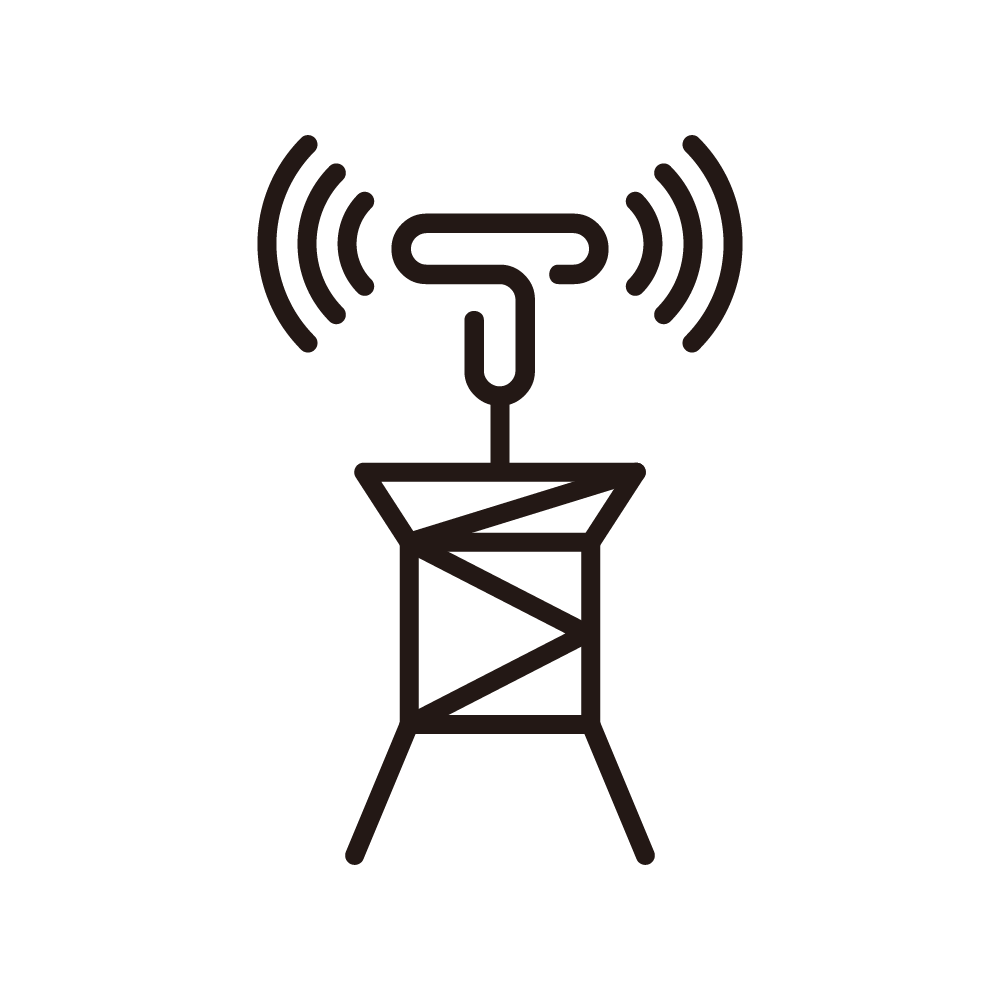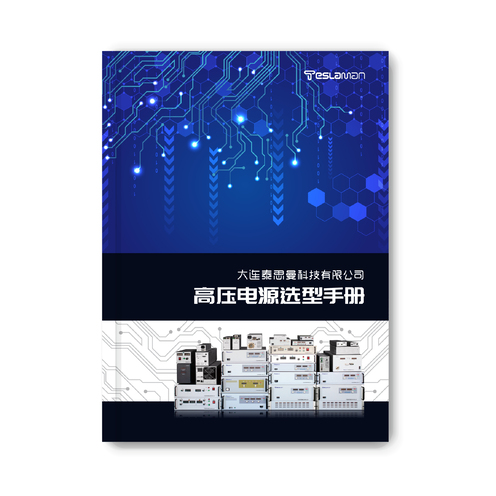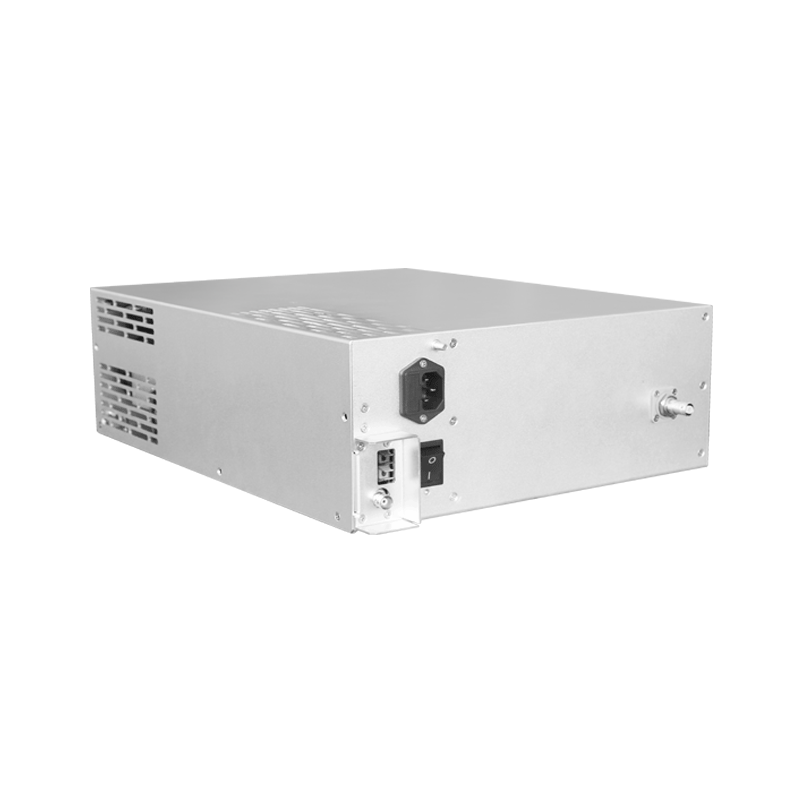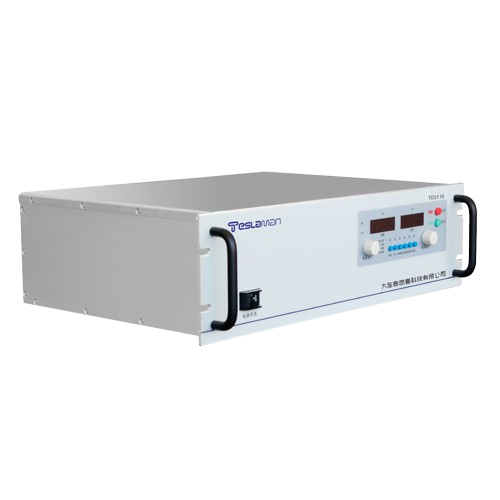Analysis of Current Equalization Technology for High-Voltage Power Supplies in Semiconductor Testing
In the field of semiconductor testing, current equalization of high-voltage power supplies is one of the crucial factors ensuring the accuracy and reliability of testing. With the continuous development of semiconductor technology and the increasing integration of chips, the requirements for testing equipment have become more and more stringent. As an important part of it, the current equalization performance of high-voltage power supplies has attracted more and more attention.
During the semiconductor testing process, it is often necessary to apply high voltages to multiple devices under test (DUTs) simultaneously to detect their performance parameters under different voltage conditions. If the high-voltage power supply fails to achieve good current equalization and the currents obtained by each DUT are inconsistent, it will lead to deviations in the test results and fail to accurately reflect the true performance of the chips. For example, when performing a breakdown voltage test on a batch of power semiconductor devices, if some devices break down prematurely due to excessive current while others do not reach the proper test conditions, good products may be misjudged as defective ones, and defective products may be misjudged as good ones. This will cause serious economic losses and quality risks for semiconductor manufacturing enterprises.
There are several methods to achieve current equalization. One common technique is to adopt a precise current feedback control loop. By installing high-precision current sensors on each output channel to monitor the current values flowing through each DUT in real time and feeding this information back to the power supply control system. The control system dynamically adjusts the output voltage or current limiting value of each channel according to the feedback signals, making the currents of each channel tend to be consistent. The advantage of this method lies in its ability to quickly and accurately respond to current changes. Even when there are differences in load characteristics, it can maintain current equalization relatively well. However, the difficulty lies in how to design high-precision current sensors and fast-response control algorithms to meet the high requirements for speed and precision in semiconductor testing.
Another effective means of current equalization is to optimize the output impedance matching of the power supply. Different DUTs may exhibit different impedance characteristics under high voltages, which will lead to uneven current distribution. By carefully designing and adjusting the impedance at the output end of the power supply to match the combined impedance of the load, the current equalization situation can be improved to a certain extent. For example, using transformer coupling to isolate and match impedance can achieve relatively stable current distribution among multiple output channels. However, this method requires precise calculation and debugging of the parameters of the transformer, and under different test conditions, it may be necessary to re-optimize the impedance matching network to adapt to changes in the load.
In addition, advanced digital control technologies also provide new solutions for current equalization of high-voltage power supplies. By utilizing digital signal processors (DSPs) or field programmable gate arrays (FPGAs), complex control algorithms and flexible parameter adjustments can be implemented. Through the analysis and processing of a large amount of test data, the digital control system can predict the changing trend of the load and adjust the output parameters of the power supply in advance, thus achieving more accurate current equalization. Meanwhile, digital control also facilitates remote monitoring and fault diagnosis functions, improving the overall intelligent level of the testing system.
Current equalization of high-voltage power supplies in semiconductor testing is a comprehensive technical challenge that requires in-depth research and optimization from multiple aspects such as circuit design, control algorithms, and impedance matching. Only by ensuring that the high-voltage power supply can provide stable and balanced current output during the testing process can the accuracy and reliability of semiconductor testing results be guaranteed, providing strong technical support for the high-quality development of the semiconductor industry. With the continuous progress of semiconductor technology, research on current equalization technology for high-voltage power supplies will also continue to deepen to meet the more complex and precise testing requirements in the future.
